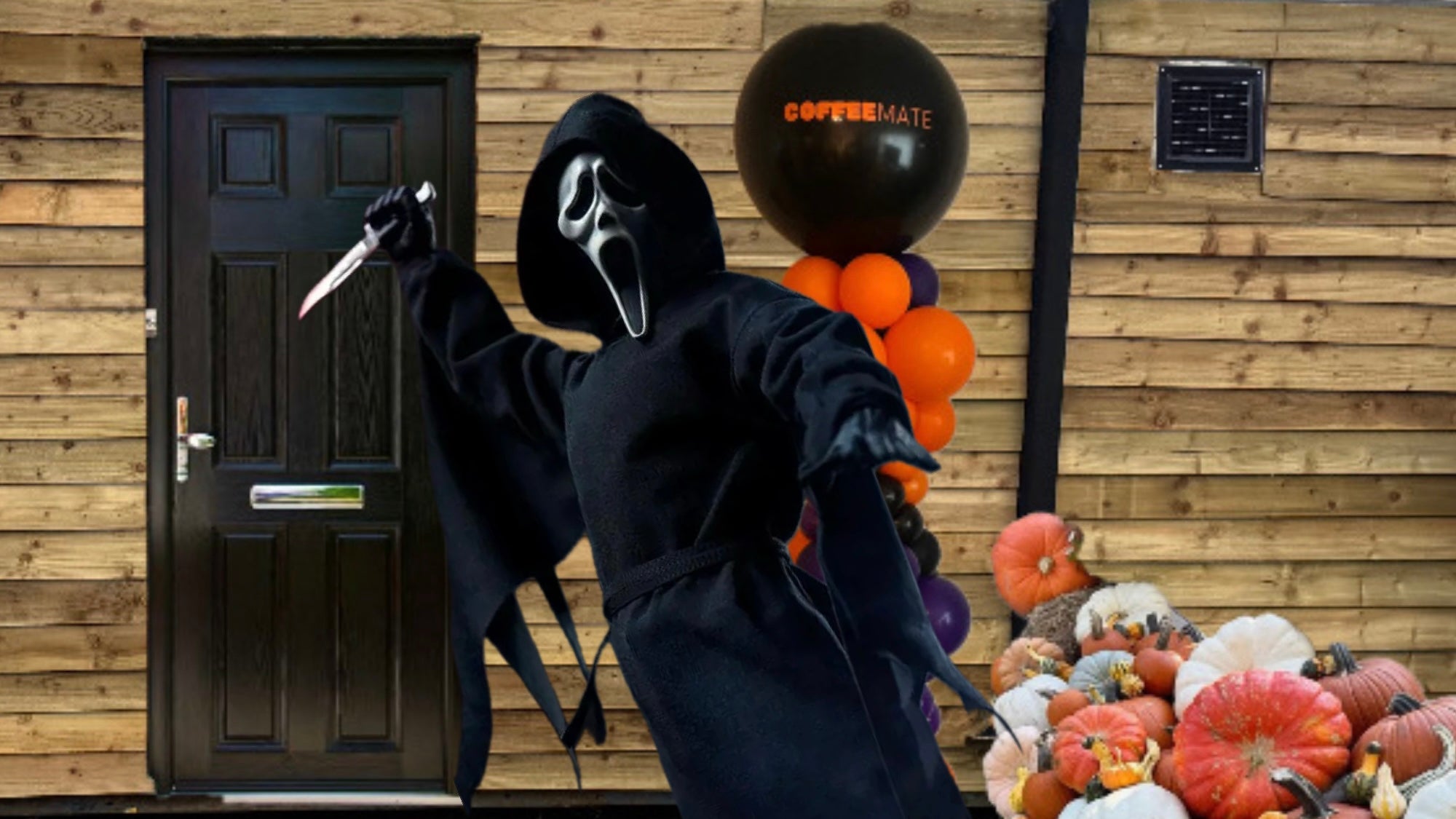
HAVANT TEEN FRIGHT NIGHT🎃
7pm session ***
PLEASE ARRIVE TO THE YELLOW CROSS BUS STOP 10 minutes before your session time starts.
You will receive a email with instructions.
Food and beverage room included ****
Allergies or Dietary requirements can be given on your emailed consent form.
Please leave a current contact number and email for Dr Deaths receptionist, your patient number will be your order number.
Please keep this number safe.
You will need it later.
Head for Havant train station and wait to be collected by Dr Deaths Associate.
Await your email..arriving in your mailbox 05.10.25 please read carefully sign and return to Hello@Coffeemate.org
Here’s a little on St Jude’s 🚨⚠️⬇️
The air in the abandoned St. Jude’s Hospital was thick and cloying, a potent cocktail of disinfectant, decay, and something far more sinister. A tremor of anticipation, laced with a healthy dose of dread, ran through the assembled group. We were here for “The Last Shift,” a 60-minute interactive horror experience promising screams, jump scares, and the chilling echo of past tragedies.
Our guide, a wiry man with eyes that seemed to hold the hospital’s own grim history, introduced himself as Silas. He spoke in hushed, dramatic tones, explaining that St. Jude’s had a notorious past. Whispers of unethical experiments, malpractice, and countless unexplained deaths clung to its brickwork like the persistent mildew. Tonight, we weren’t just exploring a building; we were stepping into the nightmares forged within its walls.
The first twenty minutes were a masterclass in atmospheric terror. We navigated dimly lit corridors, the floorboards groaning under our weight like the dying breaths of former patients. The sound design was impeccable – the distant clatter of unseen metal, a faint, guttural moan that could have been the wind, or something far worse, the unnerving hiss of a faulty respirator.
Each shadow seemed to stretch, to contort into menacing shapes. I found myself constantly glancing over my shoulder, my heart thudding against my ribs like a trapped bird.
Then came the "Dr. Deaths." These weren't just actors; they were manifestations of the hospital's darkest legends. A gaunt figure, cloaked and masked, emerged from a darkened examination room, his movements jerky and unnatural. He carried a rusted surgical instrument that glinted ominously in the low light. His guttural whispers, just at the edge of audibility, spoke of botched surgeries and agonizing procedures. We were herded through a makeshift operating theater, the air thick with the metallic tang of fake blood. The screams, when they came, weren't just from us; they seemed to emanate from the very walls, a spectral chorus of suffering.
The experience was designed to push our boundaries. We encountered what Silas called the "Serial Killer’s Ward." Here, the atmosphere shifted from dread to outright terror. The walls were splattered with a disturbing array of mock bloodstains, and the air was punctuated by chilling, rhythmic thuds – the sound of blunt force trauma, perhaps? Figures, disturbingly still and coated in what appeared to be dried blood, were posed in various gruesome scenarios. The interaction wasn't always physical, but the psychological pressure was immense. A voice, distorted and menacing, whispered threats from unseen speakers, promising our own demise.
Just when I thought I couldn’t take anymore, we were led to the "Smash Room." This was a welcome, albeit violent, catharsis. Armed with bats and crowbars, we were given free rein to destroy a room filled with discarded medical equipment – old gurneys, cracked specimen jars, broken monitors. The primal urge to break things, to release the pent-up fear, was overwhelming. The shattering of glass and the splintering of wood provided a temporary, chaotic release.
From the destructive energy of the smash room, we were plunged into the suffocating silence of the "Panic Room." This was a small, windowless chamber, purportedly where victims of the hospital’s worst incidents had met their end. The lights flickered erratically, and the silence was punctuated by the sound of ragged breathing – our own, amplified by the claustrophobia. Shadows danced on the walls, and the palpable sense of despair was almost suffocating. It was a test of our mental fortitude, a chilling reminder of the true meaning of fear.
Throughout the 60 minutes, the interactions kept us on edge.
A spectral nurse, her face a mask of sorrow, would materialise for a fleeting moment, her silent plea for help more terrifying than any scream. A disembodied whisper would brush against your ear, uttering your name. The death-like sounds were constant, weaving a tapestry of terror that never truly let up.
Finally, as the last echoes of a bloodcurdling scream faded, Silas reappeared, almost as if conjured. We emerged into the dimly lit foyer, blinking in the relative normalcy. The adrenaline coursed through our veins, leaving us shaken but exhilarated.
We refueled in the "Food and Beverage Room," a stark contrast to the horrors we’d just experienced. The ambient music was normal, the lighting soft. Yet, even with a lukewarm coffee in hand, the lingering sense of unease persisted. The images of the “Dr. Deaths,” the whispers in the dark, the chilling stillness of the “Serial Killer’s Ward” – they were etched into our minds.
"The Last Shift" was more than just a haunted house; it was a meticulously crafted descent into the darkest corners of human fear. It was a testament to the power of suggestion, sound design, and the primal terror that lurks within the abandoned, the forgotten, and the truly, deeply haunted. As I stepped back out into the night, the ordinary world felt a little less safe, a little more prone to the whispers of the past. St. Jude’s had done its job, leaving us with a 60-minute experience we wouldn’t soon forget, a chilling reminder of the lives lost and the nightmares that lingered within its decaying walls.